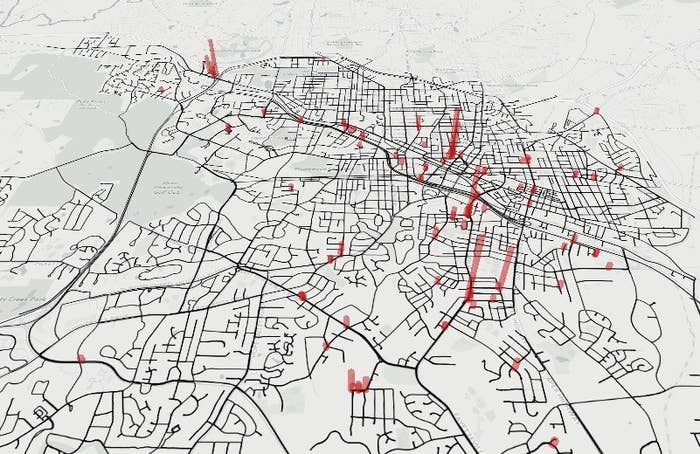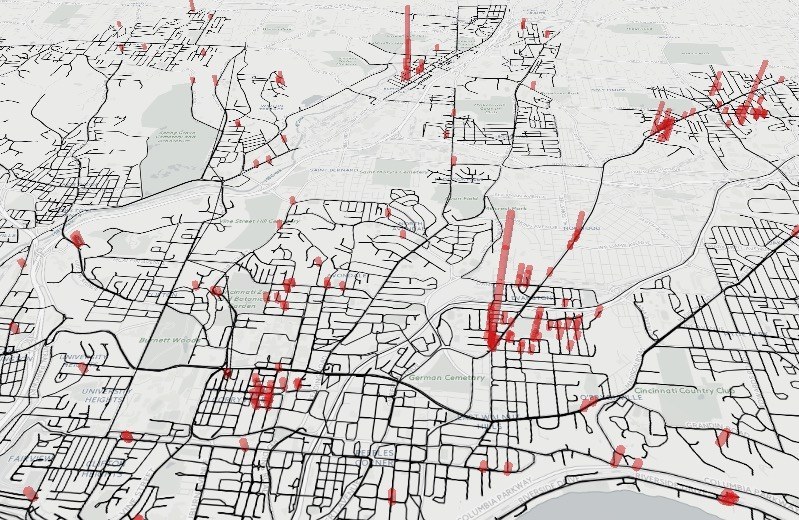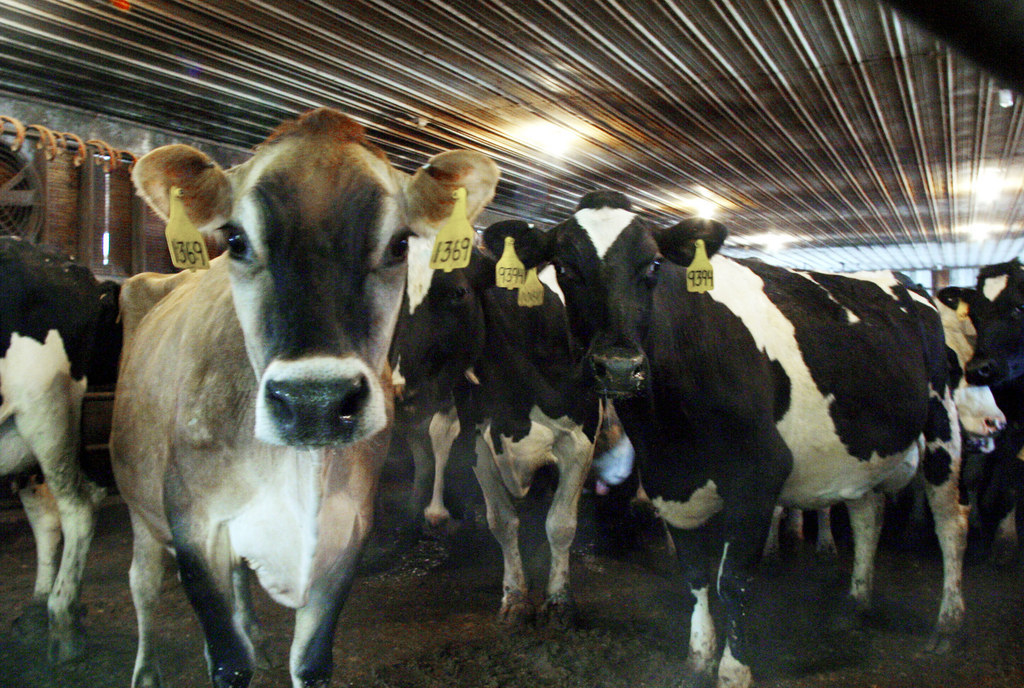
Thanks to old and rusty pipelines, Manhattan leaks three to five times more natural gas than cities with newer infrastructure, according to a survey of three U.S. cities published on Wednesday.
In recent years, cities across America have increasingly switched their heating and energy sources from coal, the leading fossil fuel linked to global warming, to the cheaper and cleaner natural gas, or methane.
But environmental researchers have feared that this methane boom would cause urban gas lines to leak daunting amounts of natural gas. Methane is a potent greenhouse gas — about 25 times more powerful than carbon dioxide, according to the EPA.
The new survey found 1,050 methane leaks in Manhattan, or about four leaks per mile. Two cities selected for comparison — Cincinnati, Ohio, and Durham, North Carolina — had about 90% fewer leaks per mile, the study found. Over the last decade, Cincinnati and Durham have replaced most of their old gas mains with new ones.
"Older iron pipes are corroded, they leak from the joints, they crack and they buckle," Stanford University's Robert Jackson, who led the street survey, told BuzzFeed News. "The good news is that some cities are already doing something and showing we can do something about these leaks."
Jackson and his colleagues drove 247 miles of New York streets in a gas detector-equipped car, as they had done in earlier surveys of Boston and Washington D.C., older cities with leak rates similar to New York's. The researchers couldn't take measurements in a large swath of downtown Manhattan, Jackson said, because tall buildings made it impossible for global positioning signals to keep track of the leak detector.
In addition to the drive-bys, the team did intense follow-up surveys in four parts of the city to confirm the leaks were coming from beneath streets and not from buildings.
"Everyone pays for these leaks. The utilities just jack up their rates to cover the losses so there is no incentive to fix them," study co-author Robert Ackley of Gas Safety Inc. in Southborough, Massachusetts told BuzzFeed News. "They get away with a lot, in my opinion."
Most of the leaks were bad enough for people to smell the rotten-eggs odor from the hydrogen sulphide added to natural gas, but only a few reached eye-watering concentrations. None were concentrated enough to pose a risk of explosion, though the earlier surveys of Washington D.C. did find a dozen leaks there that have explosion risks. (New York has slotted manhole covers that prevent gas build-ups from mains, Jackson said.)
Indoor gas leaks pose a bigger danger. Last year a building exploded in East Harlem, which a report by the National Transportation Safety Board blamed on faulty welding by Con Edison. (Mayor Bill de Blasio disputes the report.) And in March, an illegal gas line hookup took down several buildings in New York's East Village.
"This is a very nice confirmation of how widespread these leaks really are, and that gas companies can fix them," William Schlesinger of the Cary Institute of Ecosystem Studies in Millbrook, New York, told BuzzFeed News. "It is a hopeful finding in that sense."


Durham has replaced almost all of its natural gas mains with plastic or sealed steel pipes, while Cincinnati has replaced about 80% of them.
New York is working on it. More than 4,000 miles of natural gas mains run underneath the city York, connected to 368,000 service lines.
As part of a $6.5 billion, 20-year plan unveiled in 2010, Con Edison aims to replace the 60% of natural gas pipes made of cast iron or bare steel underneath New York. The effort now replaces 65 miles of those pipes every year, at an annual cost of around $215 million.
The utility has also increased its gas leak patrols of New York to 13 times a year, up from once a year previously.
The city's underground infrastructure — including gas, electric, water, sewer, and telecommunications — is subject to constant truck traffic, subway vibrations, and severe changes in weather, Allan Drury, a Con Edison representative, told BuzzFeed News by email.
"We have dramatically increased our gas main replacement and our leak patrols," Drury said. "We are also conducting research to help determine the rate of methane emitting from non-hazardous gas leaks. Having this information can help us prioritize repairs."

Methane is responsible for about 10% of U.S. manmade greenhouse gas emissions.
Under the Clean Power Plan proposed this year by the EPA to help combat climate change, natural gas use is projected to accelerate for the next three decades, raising concerns not only about leaks in city pipelines, but from everywhere else.
"Methane can leak from lots of places, so cities are only a small part of the big picture," Schlesinger said. Most natural gas leaks come from oil and gas fields, he said, making urban leaks less of a concern. Domestic cattle and rice paddies burping up methane are even larger sources of methane.
In 2014, the Obama Administration announced rules regulating emissions from landfills, feedlots, and natural gas industry equipment. The EPA requires natural gas drillers to either burn or capture excess methane from fracking wells, and has announced it will unveil rules for "fugitive" emissions from gas well next year.
Even in cities, street leaks like the ones in the survey don't tell the whole story, Harvard atmospheric scientist Steven Wofsy told BuzzFeed News by email. "Some people have assumed that street leaks are everything but it is not so."
A study underway in Indianapolis is looking not only at leaks from city streets, but from homes and businesses as well. The quintessential Midwestern city is being studied by methane sensors on towers, aircraft, and weather stations to completely map its emissions.
UPDATE
This post has been updated to reflect that ConEdison now spends $215 million a year on replacing New York pipelines, up from $100 million a year it estimated in the 2010 report.

